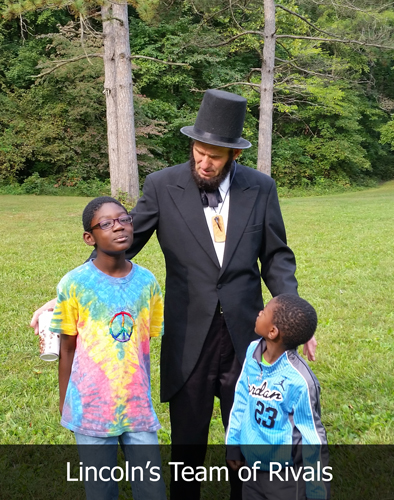Most people don’t enjoy conflict, which is why in many cases conflict is avoided like the plague. Nowhere is this more apparent than in the workplace. Think about it – how often has conflict been dealt with openly in your experience as an employee? I’m guessing the answer is rarely, if ever. But when we brush conflict aside and avoid it, the inevitable outcome is that it continues to fester and eventually resurfaces in a much more vitriolic outburst or chronic relationship problems that get in the way of effectively working together. I believe there’s a better approach to conflict, where it is leveraged into greater organizational success.
 Part of the problem, of course, is the inherent discomfort we feel when conflict arises. When we don’t know what to do with it, that avoidance mechanism kicks in and everyone just looks the other way, hoping the conflict will dissolve. It rarely does.
Part of the problem, of course, is the inherent discomfort we feel when conflict arises. When we don’t know what to do with it, that avoidance mechanism kicks in and everyone just looks the other way, hoping the conflict will dissolve. It rarely does.
Don’t get me wrong, there are all kinds of conflicts that come up that really do need to be managed and resolved through conflict mediation. What I’m talking about here is more along the lines of conflicts of opinion, conflicting viewpoints in how to tackle various organizational issues and challenges. This is the kind of conflict that can be good, but only when viewed from the right frame of mind. Conflicting viewpoints are best viewed as sources of creative friction. When viewpoints and opinions clash, energy is created, and the trick is to channel that energy in a more positive way.
This is where it can be very instructive to take a deeper look at Team of Rivals, the stunning biography of President Abraham Lincoln penned by author Doris Kearns Goodwin. Much of the book is about how Lincoln put together a cabinet of advisors that generated staggering amounts of creative friction, which was then channeled into two amazing accomplishments, including the abolition of slavery and the ending of the Civil War.
Lincoln put three people on his cabinet who had previously run against him in the 1860 election: former Missouri Attorney General Edward Bates (as Attorney General), Ohio Governor Salmon Chase (as Secretary of the Treasury), and New York Senator William Seward (as Secretary of State). They had all been vying for the Republican presidential nomination, highlighting the differences between them. But Lincoln could see that these were some of the ablest politicians in the country and wanted them to help hold the country together.
When’s the last time you considered putting conflicting personalities on your core leadership team? It may sound more like a recipe for disaster than success, but it worked for Lincoln, in spite of the open hatred that some of them displayed towards each other. Part of the reason it worked so well for Lincoln is because although these were among his fiercest rivals, he also knew that these men were fully committed to a greater good – the health and well-being of a country splintered by civil war. Likewise, you would certainly want to make sure that conflicting personalities in your organization are clearly committed to the greater good of your company before putting them on your core leadership team!
Lincoln knew that these were leaders who would not be afraid to speak their minds, even if it was to offer up a dissenting point of view. In fact, that’s exactly what Lincoln wanted. And the political stances of these cabinet members were widely varying, from extremely conservative to moderate and all the way into fairly radical. Lincoln was a leader who wanted to hear the full spectrum of opinions and viewpoints, and that’s exactly what he got. It was only by exposing himself to all the possibilities that Lincoln could see a way forward to optimal decisions.
Of course, holding together a team of rivals like that takes a lot of skill and effort, but Lincoln succeeded. He was always diplomatic in his treatment of rivals, and made sure they each knew how much he valued their opinions, even when they differed from his own. That’s how the creative friction of conflict can be leveraged into success.
Leave a Reply
You must be logged in to post a comment.